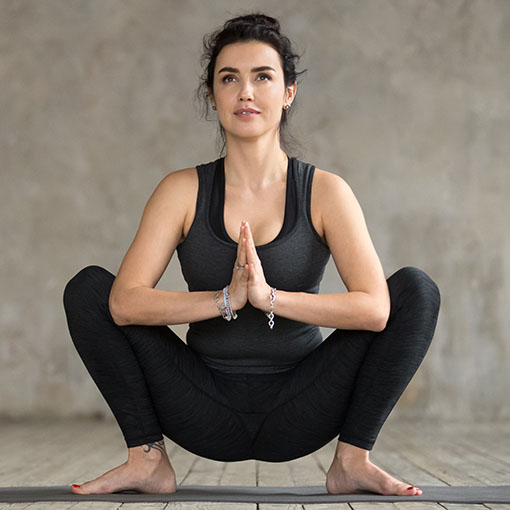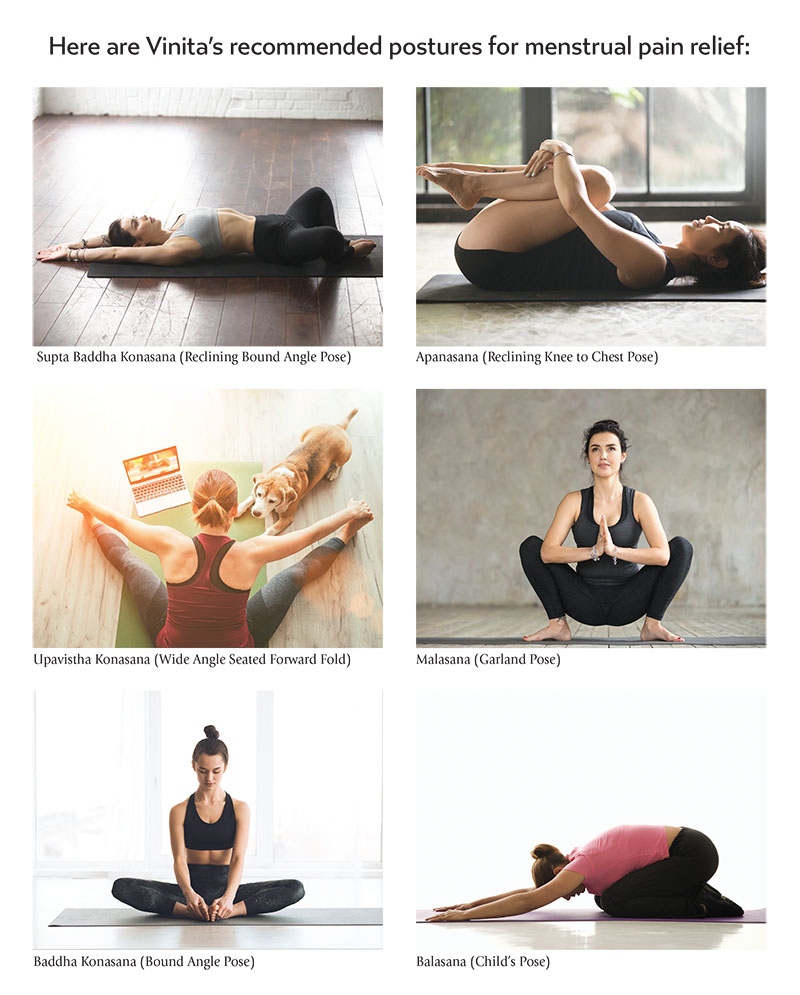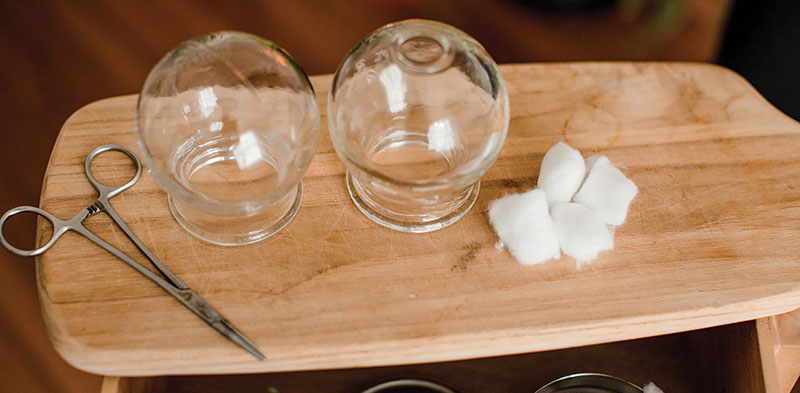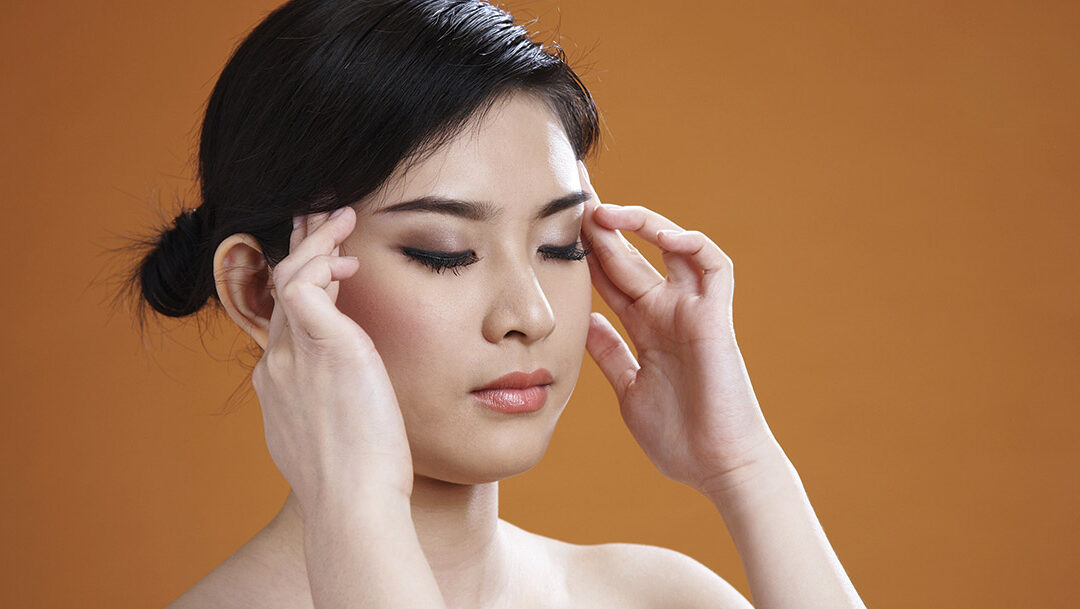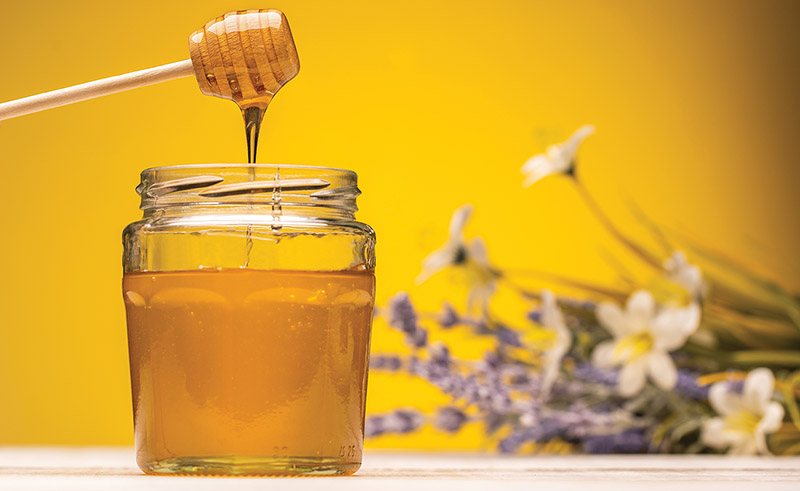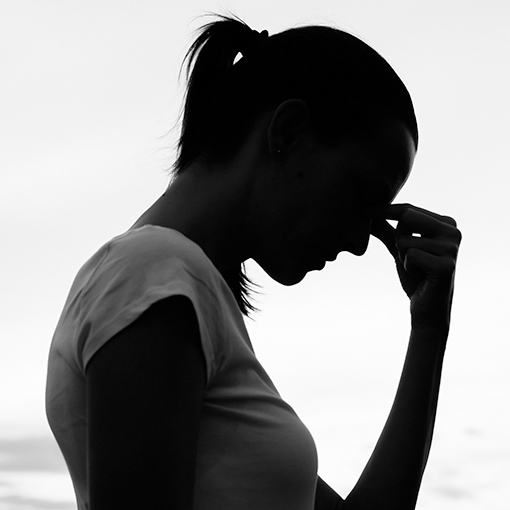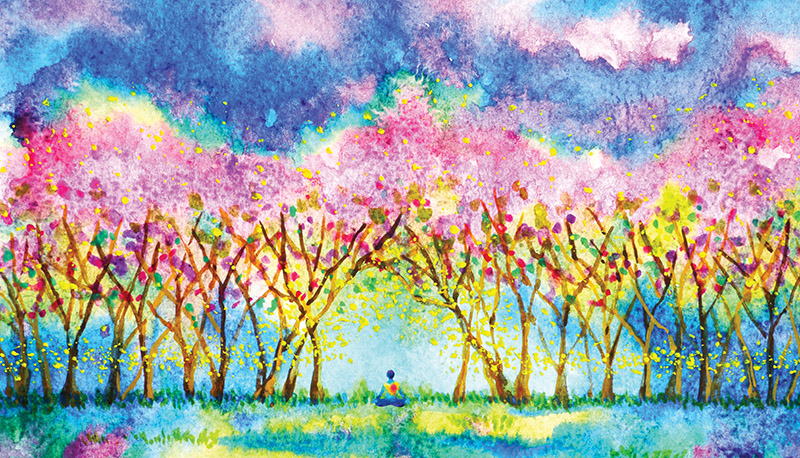
Healing in the Garden
Claude Monet said, “Perhaps, I owe having become a painter to flowers.” There’s nothing that feeds the senses more than basking in the richness of nature’s canvas. Tending to a garden and bearing witness to its unpredictable splendor is a captivating experience that ignites a sense of holiness and meditation. Many Artists like Monet, Van Gogh, Kandinsky, Dali, and Kahlo cultivated beautiful gardens specifically to give them a pleasing natural subject to paint. Claude Monet used his garden to aid in his recovery from a debilitating depression, and then painted it on canvases to help heal the war-torn French nation.
For years, healing gardens have been found at nursing homes, hospitals, and healthcare facilities where they provide a place of refuge for patients, family, and staff. Places of worship, college campuses, and city centers often have a central garden where people can contemplate and find solace. When I lived in NYC, I was incredibly lucky to live across the street from Central Park, and would often bring a towel, music, or a book and hide out from the chaos swarming around me. Research has shown that when you connect with nature, positive changes occur in the body that include lowering blood pressure, decreasing heart rate, reducing stress, and improving mood. Most of us are dealing with stress in our everyday lives and could all benefit from our own healing garden.
April is National Garden Month, and a good time to create a healing and inspirational garden that indulges your senses. When you create a blueprint for your garden, include a place to sit and observe the beauty of nature. This can be a simple bench, a comfy chair, or a hammock. Add a focal point for meditation and reflection such as a sculpture, interesting rocks, art, or wind chimes. The sound of water evokes a feeling of relaxation and contemplation and can include a water fountain, a pond, or a waterfall. If you plan to spend time in your sanctuary in the evening, use LED lighting to set off plants to their best advantage. Drape a string of lights over an arbor or tree. Encourage butterflies, birds, insects, and other wildlife to the garden with bird feeders, birdhouses, and plants that supply nectar and food.
When deciding which plants to add to your healing garden, remember to grow what you like. Some colorful flowers that grow easily in most environments include:
– Sunflowers
– Coneflowers
– Zinnias
– Marigolds
– Morning Glories
– Impatiens
– Pansies
– Snapdragons
– Geraniums
– Dahlias
– Petunias
– Cosmos
Include some healing herbs that will be easy to dry out and make into medicinal teas:
– Dandelion supports a healthy liver, kidney function, blood pressure, and encourages the healing of skin ailments like acne.
– Echinacea is used as an immune stimulant and the tea is often gargled for a sore throat.
– Fennel stimulates appetite and supports healthy digestion.
– Garlic aids in immune function, supports healthy blood pressure, and is traditionally used in
remedies to eliminate common intestinal parasites.
– Lavender is typically grown for its beautiful flowers and lovely scent. It is traditionally used to support mental wellness. It can be used for tea or in bath sachets.
– Lemon balm supports headache relief, encourages stress relief,
and restful sleep.
– Thyme is used medicinally to support healthy lungs and corrects fungal imbalances.
You can make your healing garden adaptable to any living situation, whether in your backyard or with potted plants on your balcony, or in a sunny corner of your living room. It’s a great opportunity to let your creativity flourish and nurture well-being.
Natasha Kubis is a licensed acupuncturist and certified yoga teacher.
For more information, visit acuwellhealth.com

